Voltage Dip vs Voltage Drop: Best Guide
Understanding the difference between voltage dip vs voltage drop is crucial…

Understanding the difference between voltage dip vs voltage drop is crucial…

Designing Low Voltage (LV) and Medium Voltage (MV) electrical systems is…
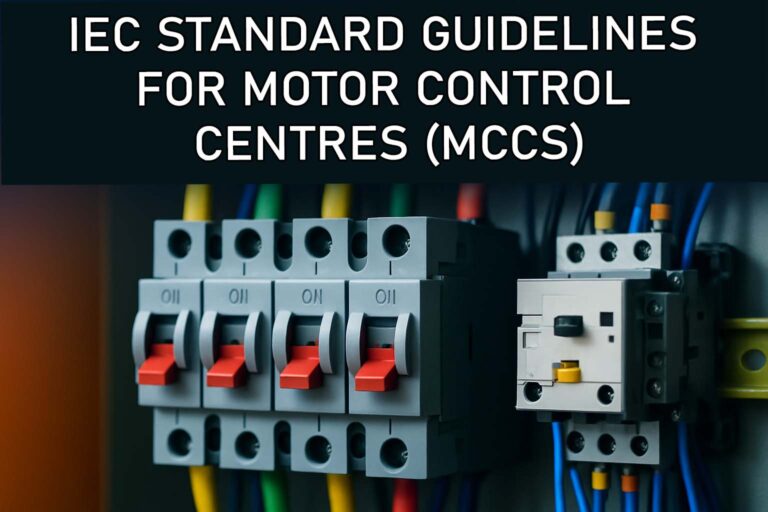
Motor Control Centres (MCCs) are critical components in industrial electrical systems….

When working with electrical and electronic systems, you will often hear…

Understanding international standards is a critical part of being a competent…

As an electrical engineer, you work in a field that demands…
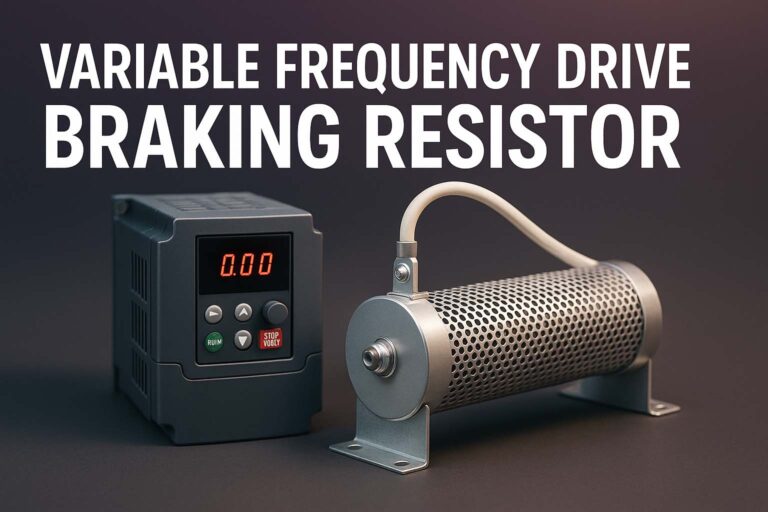
A variable frequency drive braking resistor is an essential component in…
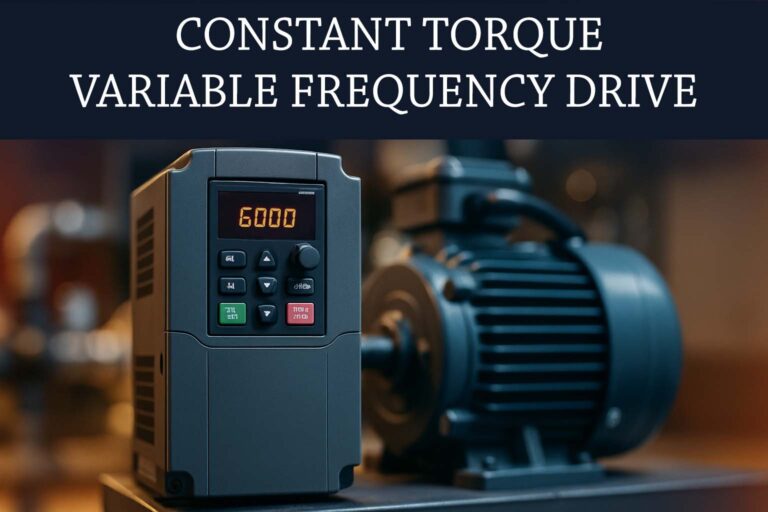
The constant torque variable frequency drive is an essential component in…
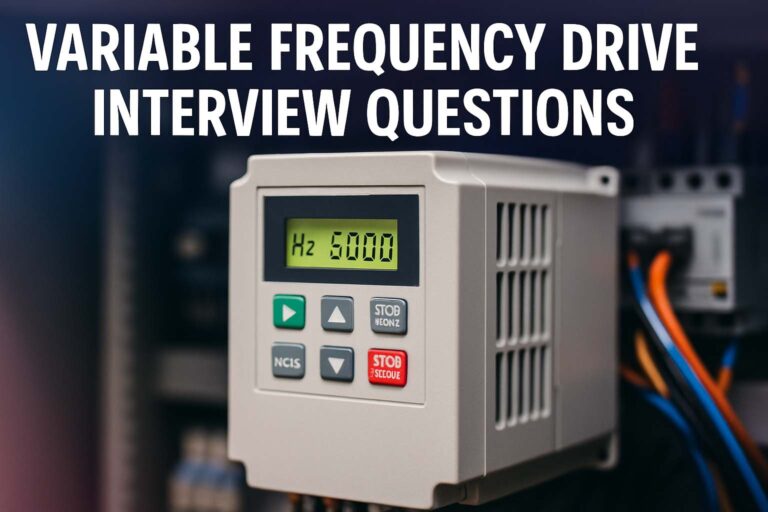
Variable Frequency Drives (VFDs) are essential components in modern industrial and…

Variable Frequency Drives (VFDs) are becoming essential in heating, ventilation, and…

A Variable Frequency Drive (VFD), also known as a frequency drive,…

A frequency drive, also known as a variable frequency drive (VFD),…

Variable frequency drive in pumps has become a key technology in…
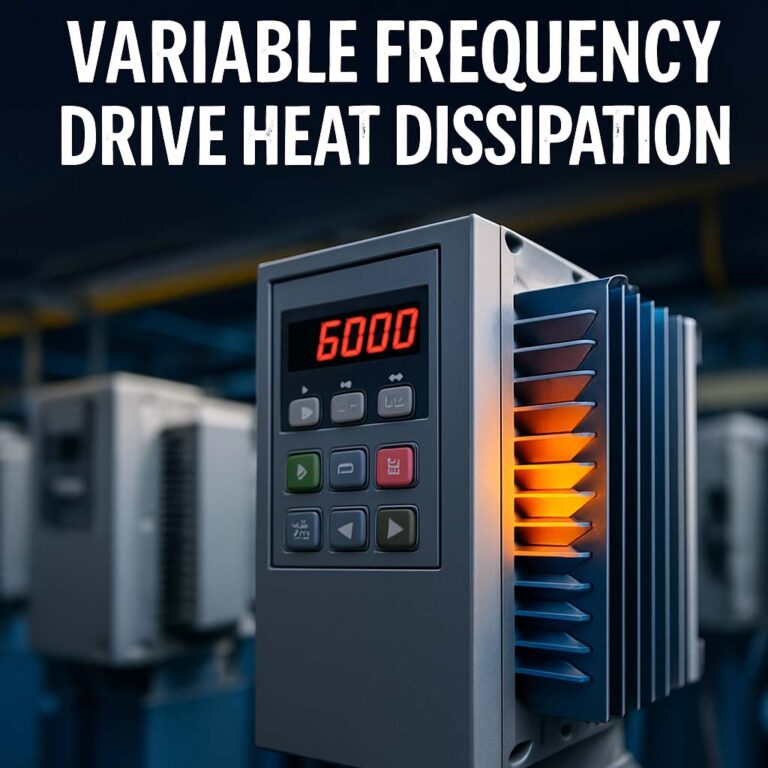
Variable frequency drive heat dissipation is a critical consideration in the…
| Cookie | Duration | Description |
|---|---|---|
| cookielawinfo-checkbox-analytics | 11 months | This cookie is set by GDPR Cookie Consent plugin. The cookie is used to store the user consent for the cookies in the category "Analytics". |
| cookielawinfo-checkbox-functional | 11 months | The cookie is set by GDPR cookie consent to record the user consent for the cookies in the category "Functional". |
| cookielawinfo-checkbox-necessary | 11 months | This cookie is set by GDPR Cookie Consent plugin. The cookies is used to store the user consent for the cookies in the category "Necessary". |
| cookielawinfo-checkbox-others | 11 months | This cookie is set by GDPR Cookie Consent plugin. The cookie is used to store the user consent for the cookies in the category "Other. |
| cookielawinfo-checkbox-performance | 11 months | This cookie is set by GDPR Cookie Consent plugin. The cookie is used to store the user consent for the cookies in the category "Performance". |
| viewed_cookie_policy | 11 months | The cookie is set by the GDPR Cookie Consent plugin and is used to store whether or not user has consented to the use of cookies. It does not store any personal data. |